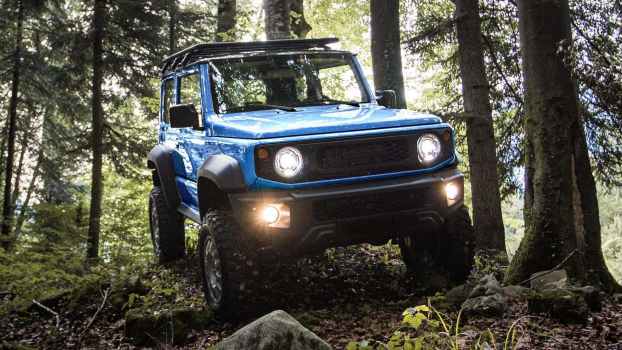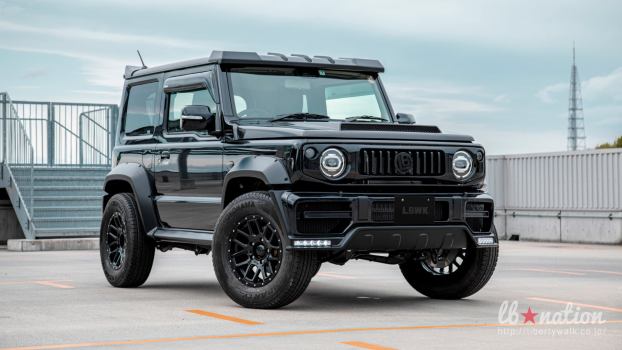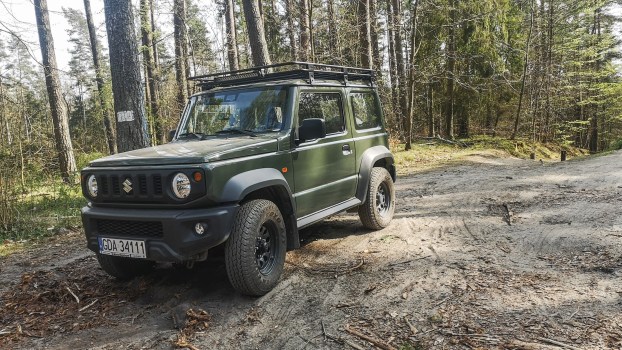
A Very Brief History of the Suzuki Jimny
The Suzuki Jimny has no equal. Whether high or low, nothing is quite on the same level as this intrepid little 4×4. The Jimny was the first of its kind and would prove to be far from the last. With the introduction of the Jimny, the world learned the benefits of a pint-sized off-roader. Low power paired with low weight makes for one hell of a mountain goat. This is the brief but bold history of the beloved Suzuki Jimny.
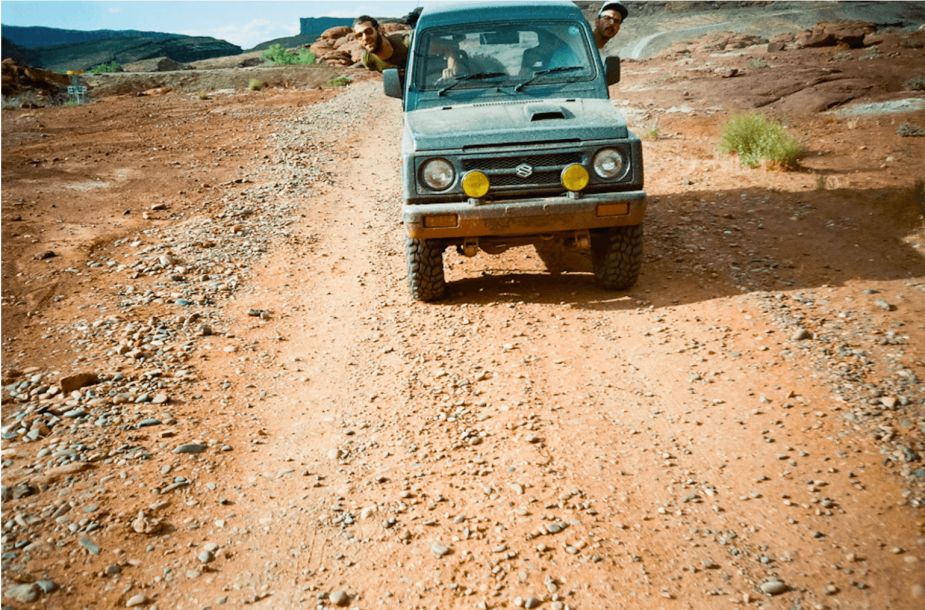
What year did the Suzuki Jimny come out?
Suzuki Jimny production started in 1970. In Japan, there is a car classification known as “Kei cars.” These tiny automobiles were so classified based on their dimensions, weight, and tiny engines. There are kei cars, trucks, and even vans. However, the Jimny was the first of its class to offer 4WD. The Kei class offered Japanese citizens smaller, cheaper cars that saved them money on taxes.
As Silodrome reports, the Jimny has a similar origin story as the American Willys Jeep. While we know the Jimny as a Suzuki product, they weren’t the ones who first built the little off-roaders. That honor goes to a small company called Hope Motor Company. Suzuki would come to buy the design from HMC. Once Suzuki acquired the HopeStar ON360 (Jimny), Suzuki had viable prototypes quickly.
First-generation Jimny
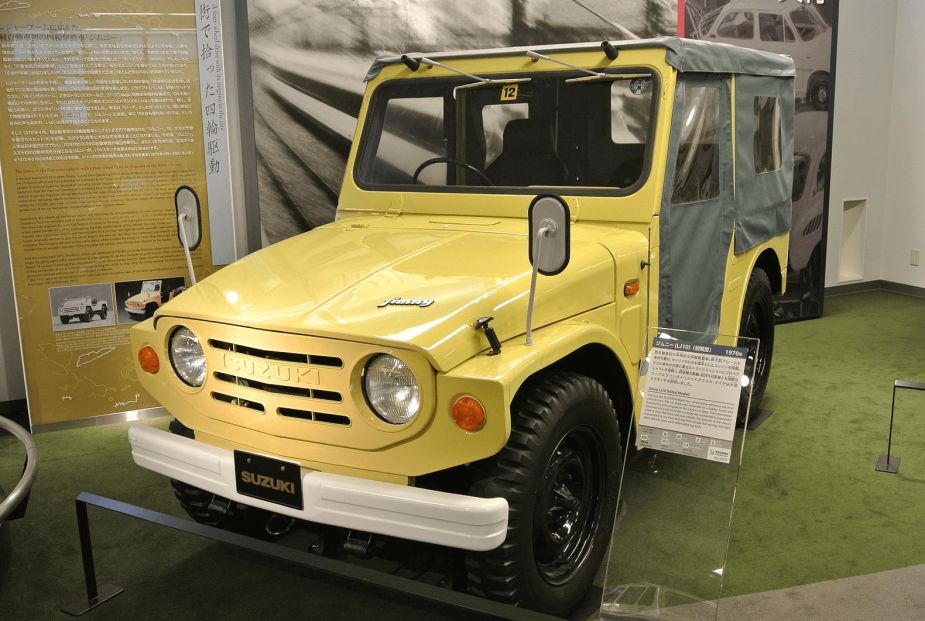
The first generation Suzuki Jimny LJ10 was powered by a Suzuki FB air-cooled 359 cc twin-cylinder two-stroke. It produced 25 hp but eventually got pepped up to 27 hp. Suzuki built this tiny truck on a ladder frame and even had a fully-functioning part-time four-wheel-drive system.
The first-gen Jimny was successful in selling 5,000 units in Japan. This first-gen model was in production for 11 years, according to Silodrome. As the Jimny became more popular, Suzuki made various versions, both for domestic and export markets.
Second-generation Jimny
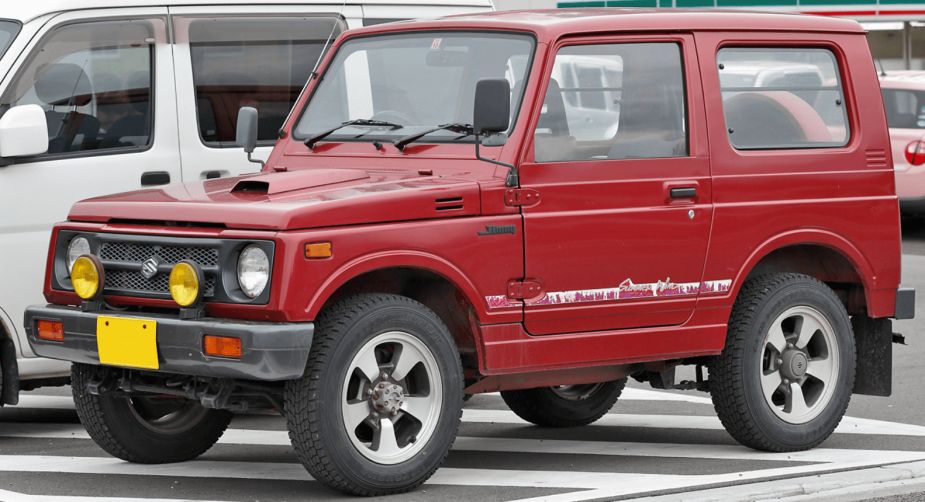
The second generation Suzuki Jimny started in 1981. By this time, the Jimny was a hit. Suzuki had many different versions, some still tiny for the Kei class in Japan, but other larger models for export, and even some with truck beds. Export model names you may have heard include; Chevrolet Samurai, Holden Drover (“Holden” being Australia’s GM division), and Maruti Gypsy (India), to suit the country the model was being sold in.
While the JDM Jimnys still used the LJ50 two-stroke engines, some export models used larger8-valve engines and were set inside bigger and longer frames. The best example of the difference in JDM vs. export models was the SJ40. This model was sold as the Suzuki SJ410 across most countries. The SJ40 sported improvements over its predecessors, which had been derived from the HopeStar. The primitive diminutive two-stroke engines were ditched and replaced with Suzuki’s F10A 970 cc, SOHC 8-valve. As fitted to the Jimny 1000, this engine produced 51 hp, sending that power via an all-synchromesh four-speed gearbox. Some models even had an automatic transmission.
The rest of the second-generation Jimny was a rollercoaster of new turbocharged three-cylinder engines, new body styles, and more general refinement. However, the model remained tiny yet aggressive.
Third-generation Jimny
The third generation Jimny hit in 1998. Suzuki decided now was the time for a major redesign of the body. The third-gen Jimny kept its ladder frame and dual live axels. However, the tiny 4×4 all of a sudden found some style. Now there were hard-top and soft-top versions. The Jimny also graduated from leaf springs to coils with three-link suspension.
The new engine now made 80 hp. A veritable supercar compared to the original version. This third-gen only lasted until 2011.
Fourth-generation Jimny
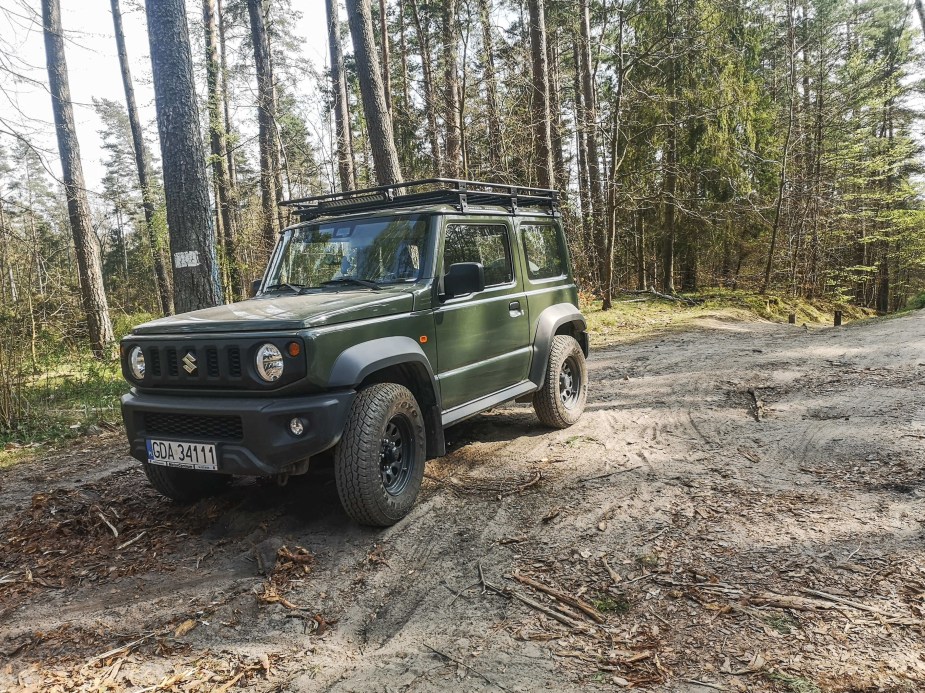
The fourth- and current-generation Jimny came back in 2018. The world rejoiced to have its most beloved 4×4 back.
This new Jimny was modern. It had real style and felt like a car that was built for more than just recreation. The engine for the Japan Kei car version is a turbocharged 658 ccs inline three-cylinder. This engine has double valves (i.e., 12 valves for its three cylinders) and uses VVT technology, says Silodrome.
The export version of the vehicle is the Jimny Sierra. This version is physically wider and is fitted with the K15B 1.5 liter four-cylinder naturally-aspirated engine. This engine produces 101 hp and 102 lb/ft of torque. And with this version, the Jimny became secured as a 4×4 icon forever.
Long live the Jimny
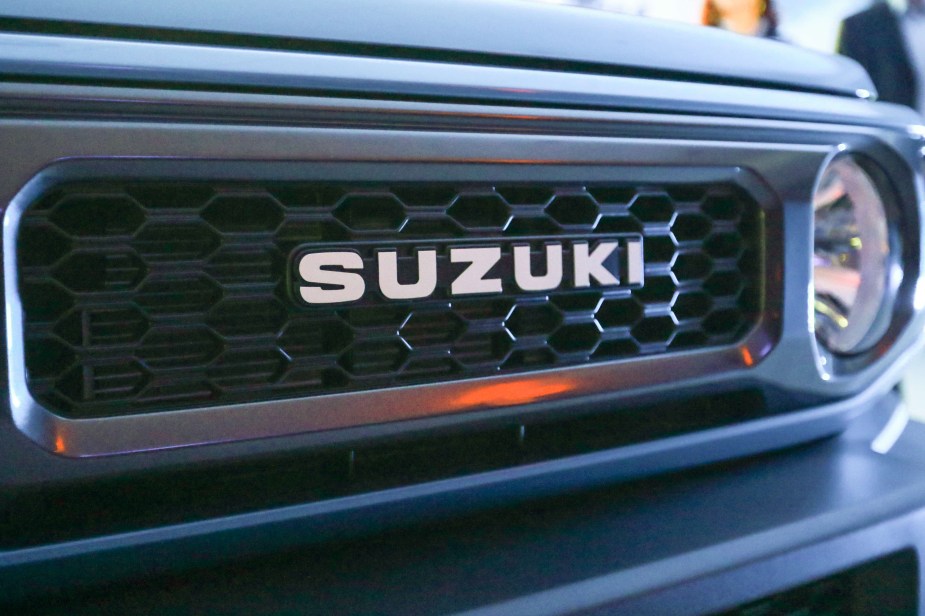
The Suzuki Jimny has had more models and variations than I can count with my shoes on. But this is the way of a truly international vehicle. While we, and many other countries, never had the Jimny nameplate, we saw it in many other forms, most notably here, the Suzuki Samurai.
However, now that many of the most desirable models are old enough to get around import laws, you may see a brave little Jimny bopping around the U.S. today. If you do, count yourself lucky. These little bruisers are both rare and delightful.
